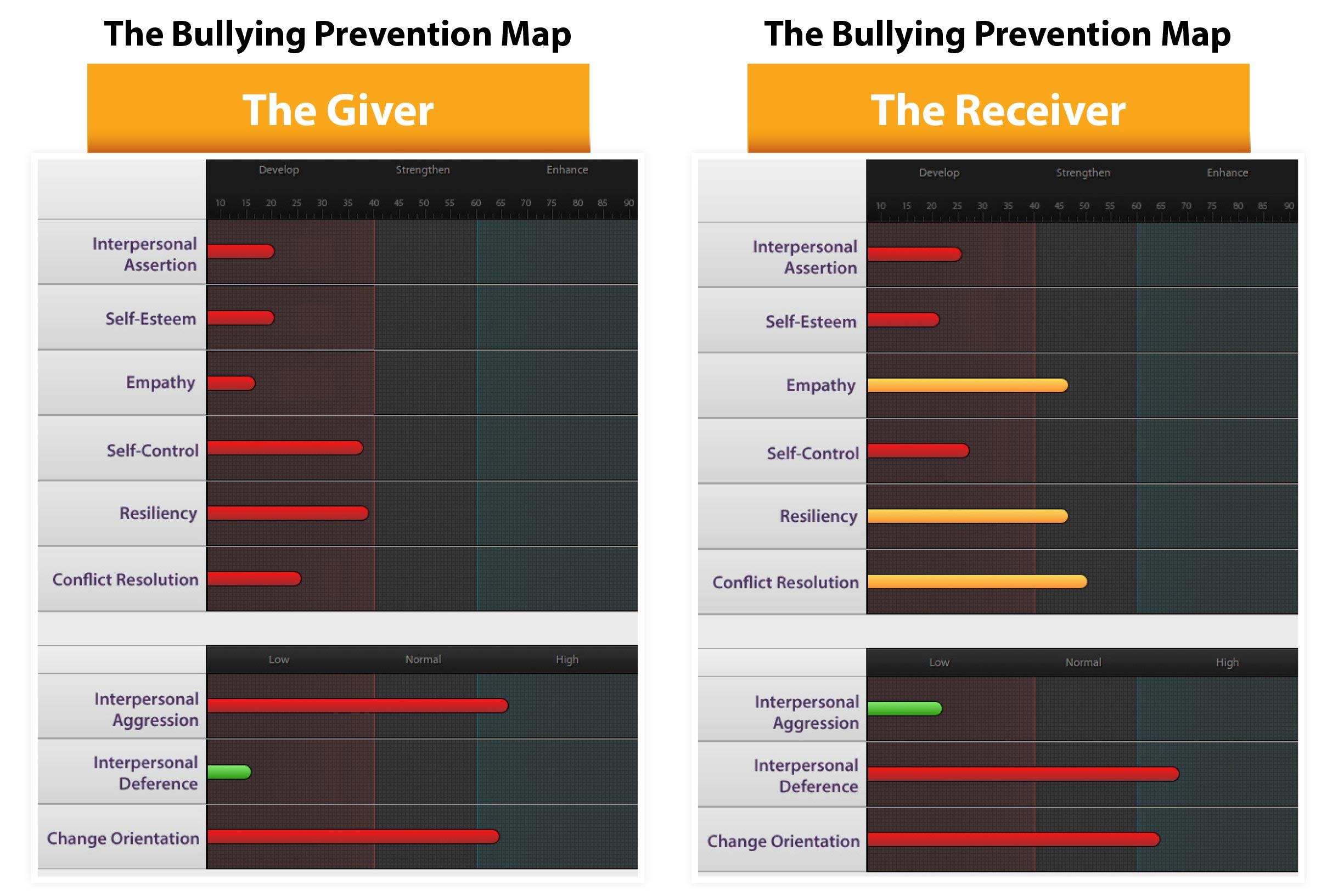
Recently the U.S. Department of Education sent guidance from the director of the Office of Special Education Programs, Ruth Ryder, to all public schools stating that schools are required to provide positive behavioral supports to students with disabilities. One major reason these supports are needed is because these students are frequently targets for bullying.
Common Targets of Bullying

It is no secret that the favorite target of most bullies is students with disabilities. In fact, although only ten U.S. studies have been conducted on the connection between bullying and developmental disabilities, all of these studies found that children with disabilities were two to three times more likely to be bullied than their nondisabled peers. (Disabilities: Insights from Across Fields and Around the World; Marshall, Kendall, Banks & Gover (Eds.), 2009 )
One study shows that 60 percent of students with disabilities report being bullied regularly, compared with 25 percent of all students (Source: British Journal of Learning Support, 2008). That being said, it is time that we have a frank discussion on the bullying process and how to deal with it in a positive way. After all, you can’t discipline your way out of this problem.
A starting point in the bullying process is to properly identify the unmet needs of both parties in the process—the bully or Giver and the target or Receiver—and then provide skill intervention to address those unmet needs. Once these needs have been identified the intervention process can begin. A properly designed intervention system will take the needs of both the Giver and the Receiver and create an positive intervention system that helps build a healthy personality for both.
Identifying Individual Needs in the Bullying Process.
One of the best ways to identify individual personal needs in the bullying prevention process is to use an evidence-based assessment. Not just any assessment, but one that focuses on developing a healthy personality outside of the bullying process. The Bullying Prevention Map™ is such an assessment. The focus of the assessment is on the social/emotional needs involved in the bullying process. The scales in the assessment correlate to positive intervention and the supports needed to help overcome the bulling process. Our new Bullying Prevention Program provides an evidence-based assessment that is connected to a skill intervention system.

How it works
The Bullying Prevention Map consists of nine key social/emotional scales all related to the bullying cycle.
They area:
Interpersonal Communication Styles Under Stress: This is the most important aspect in the bullying process for both the Giver and the Receiver.
Interpersonal Assertion: Addresses how to effectively use direct, honest and appropriate expression of thoughts, feelings and behaviors in dealing with others. This is the desired communication style for both the Giver and the Receiver.
In contrast are the problematic styles of Interpersonal Aggression , which is anger (the Giver) and Interpersonal Deference or fear (the Receiver).
Self-Esteem: This is a perceived level of self-worth. The Giver uses the bullying process to bolster feelings of inadequacy while the Receiver’s Interpersonal Deference is highly correlated to low levels of self-esteem.
Empathy: This is the ability to sense, understand and accept another person’s thoughts, feelings and behaviors. A lack of empathy allows Givers to avoid the negative effects of their bullying behavior.
Self-Control: This is the ability to handle personal feelings and emotions in difficult life situations. This is a critical skill for both the Giver and the Receiver.
Resiliency: This includes the ability to proactively work through processes and activities and cause bottom-line results to happen. Research shows that those participating in the bullying process are more likely to participate again. Resiliency helps one recover from those negative effects and stops the bullying process from repeating itself.
Conflict Resolution: is the process of resolving or finding a solution for some sort of disagreement, fight, or form of oppression. Conflict resolution includes the ability to help opposing parties or opposites agree on some common action. This is also a critical skill for both the Giver and the Receiver.
Change Orientation is the degree to which one is motivated to change and learn new skills, and an indication of our comfort zone for our present set of skills. This scale is a reliable predictor of the potential for success using the skill intervention process.

Upon completion of the assessment use our skill intervention system for positive behavioral supports to help build healthy student personalities that are free from the bullying process. The skill intervention system consists of the following areas:
- Interpersonal Assertion
- Empathy
- Self-Control
- Resiliency
- Conflict Resolution
If you would like some more information about how we can provide tools and supports for your organizations needs contact us today to get started!
800-933-1933 or sales@conovercompany.com
